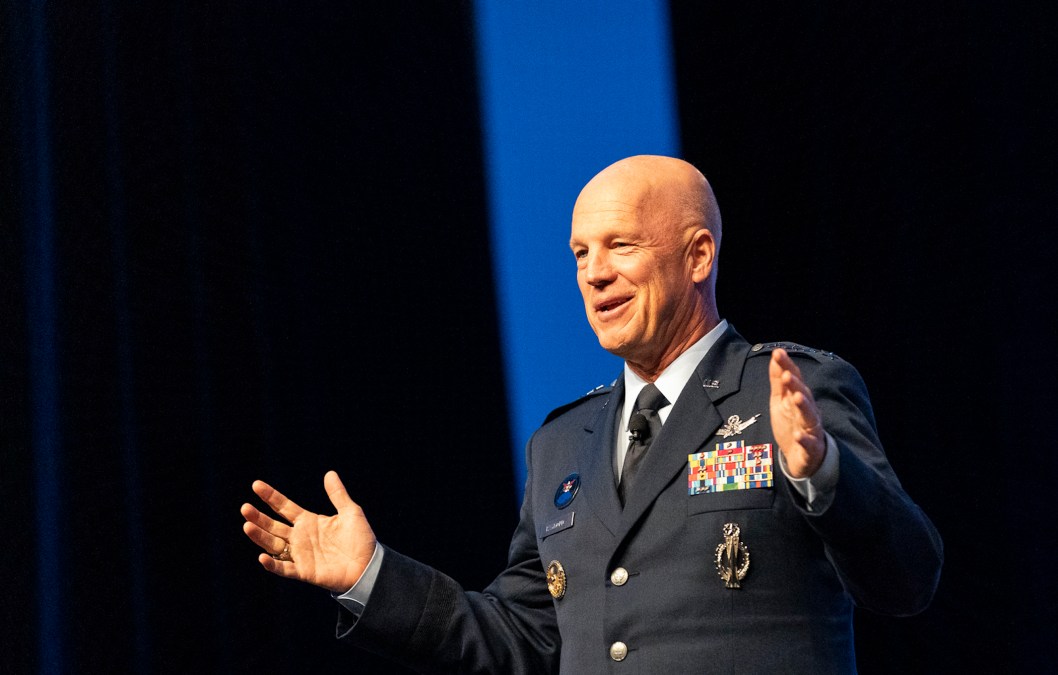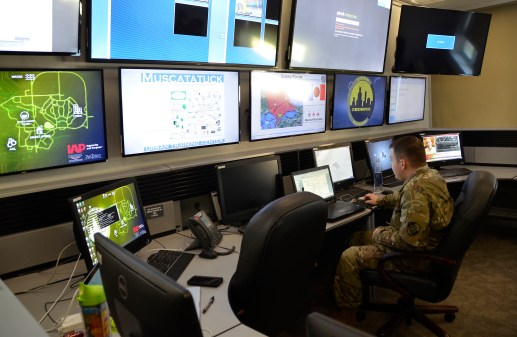Space Force delegates acquisition authority to lower offices to speed up buying

The Space Force — the military’s newest and most technology-focused branch — took a step toward building a more “agile” force by delegating contracting authorities to offices in the field, a move originally suggested by the military’s No. 2 general back in January.
Chief of Space Operations Gen. John Raymond announced the delegation of what’s known as “head of the contracting activity” to the lower field offices Tuesday during the Air Force Association’s Virtual Air, Space & Cyber 2020 conference. He said officers in the field closer to the operations of space systems should be the ones leading purchasing to inject speed into the force.
Head of the contracting activity is the top purchasing policy authority in government organizations to set acquisition policies, procedures and guidance.
“We have already delegated the head of contracting authority down from Pentagon staff to acquisition experts in the field,” Raymond said. “We know from experience this kind of delegation speeds up acquisition decisions and makes us better partners with industry.”
A memorandum that appeared on-screen during Raymond’s talk showed that the authority was delegated down to parts of the new Space Force structure, such as Space and Missile Systems Command (SMC) and other similar levels but didn’t specify who within the commands who had authority. Raymond only described it as a move to “experts in the field.”
In January, Vice Chairman of the Joint Chiefs of Staff Gen. John Hyten said that the sluggish pace of the DOD’s acquisition was a threat to its ability to win future fights. Software acquisition, specifically, is a “nightmare,” he said. The solution he offered: Delegate authority over acquisitions down to the colonel and captain levels, instead of concentrating it at the top of the military. The Space Force appears to have heard and acted on Hyten’s advice.
Raymond also said he cut down his plans for the number of Space Force officials in the Pentagon from 1,000 to roughly 600, another move to shrink bureaucracy and keep power at the tactical level.
“In my opinion, big organizations are slow. And we must move at speed,” he said.
Raymond teased more changes that are coming. Congress mandated that Space Force draw up an acquisition strategy to account for the redundancies in its current procurement systems. He also said that all systems will be “digitally engineered” as a baseline, furthering the department’s move toward digital twinning technology. New weapons and systems will carry an “e-” prefix before their names to signify their digital-first building process.
Raymond doubled down during his keynote on the idea that the Space Force is going to be a digitally native force, adding that it is currently hiring 50 coders and plans to add more in the future.
“All Space Force members will speak a second language, and that language is digital,” he said.




